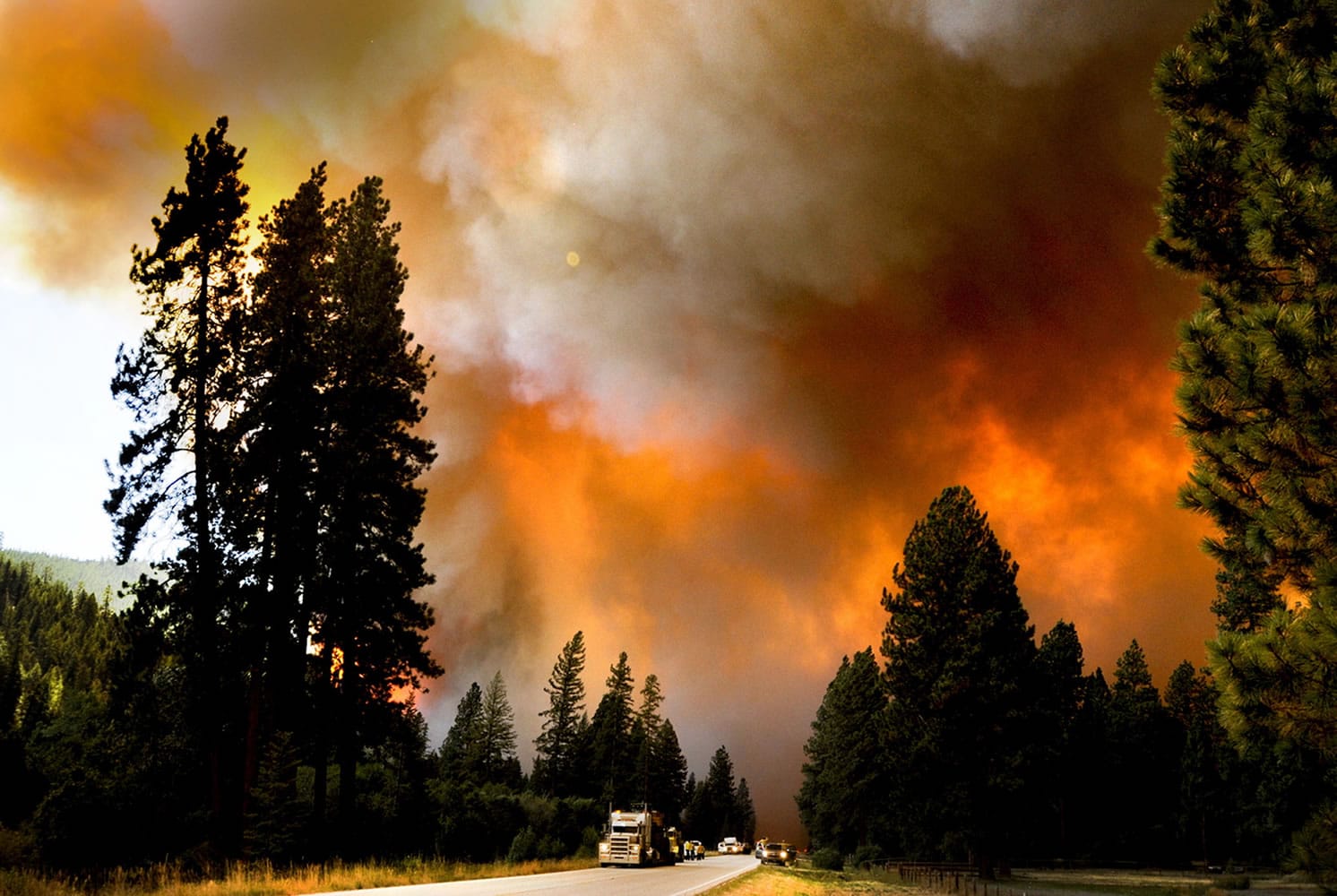Major current wildfire costs to date in the West, based on information from the National Interagency Fire Center in Boise, Idaho:
Big Windy Complex, Oregon, 19,598 acres, 1,017 personnel, $21.8 million.
Lodgepole Fire, Idaho, 22,753 acres, 84 personnel, $19.4 million.
Butler Fire, California, 16,776 acres, 1,005 personnel, $18.5 million.
Beaver Creek Fire, Idaho, 104,461 acres, 1,749 personnel, $11.6 million.
American Fire, California, 14,822 acres, 1,813 personnel, $10.8 million.
Conrad Lake Fire, Washington, 925 acres, 604 personnel, $3 million.
Government Flat Complex, Oregon, 5,000 acres, 714 personnel, $1.4 million
Nimrod Fire, Montana, 604 acres, 289 personnel, $1.2 million.
GRANTS PASS, Ore. — Wildfires burning in Oregon, Idaho and Montana are taxing national firefighting resources and helping to push spending past $1 billion for the year.
The National Interagency Fire Center in Boise upped the national wildfire preparedness level Tuesday to the highest level for the first time in five years.
The center lists two central Idaho wildfires as the country’s top priorities, helping provide crews and resources for the Beaver Creek fire, which forced the evacuation of 1,250 homes in the resort area of Ketchum and Sun Valley and has cost nearly $12 million so far.



